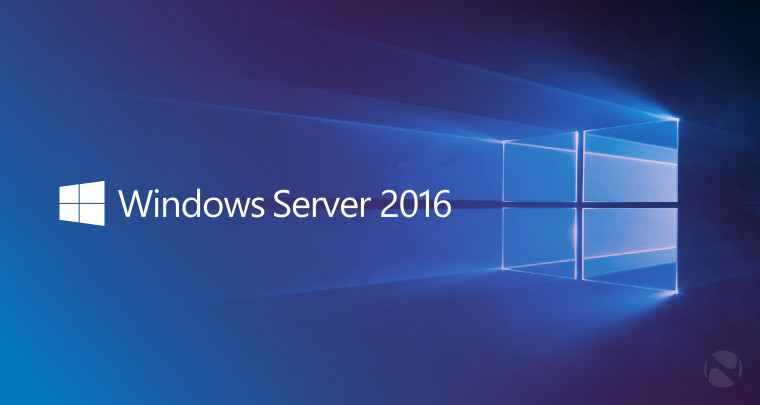Windows Server 2016 — Taking It to the Cloud
Windows Server 2016, Microsoft’s cloud-ready operating system, promises to deliver new layers of security and Azure-based innovation when it becomes available this fall.
A look at the preview version reveals that Microsoft has built multiple layers of protection into its latest iteration of the server operating system. Additionally, software-defined data center technologies will give businesses the flexibility to optimize applications running in their environments today, as well as current and future cloud-native applications.
As with earlier versions, Microsoft has three editions of Windows Server 2016:
- Datacenter is geared for organizations that need unlimited virtualization and includes new features such as Shielded Virtual Machines, software-defined storage and software-defined networking.
- Standard is suited for organizations that need limited virtualization but require a reliable, general-purpose server operating system.
- Essentials is designed for smaller organizations with fewer than 50 users.
Microsoft’s cloud platform Azure is the underlying foundation for Windows Server 2016. For this latest iteration of the OS, Microsoft didn’t start with Windows Server 2012 R2. Instead, it took Azure as the kernel for Windows Server 2016. So you could say that Windows Server 2016 is truly “born in the cloud.”
Now, let’s take a look under the hood at the OS’s new or amped-up features:
- Nano Server: This installation option is notable because it has a small footprint and small security attack surface. Microsoft describes Nano Server as a lightweight operating system to run “cloud-native” applications based on containers and microservices. It can also be used to run an agile and cost-effective data center with a dramatically smaller OS footprint, and system administrators can manage it remotely.
- Storage Spaces Direct: This feature will let the IT team share storage across many servers. Think of it as a very low-cost storage area network. Most businesses that want to adopt SANs have to invest in expensive hardware, networking and other additional equipment. With Storage Spaces Direct, an organization can actually use its current storage systems. They can have a central server, which all the other servers use like a SAN, but with regular storage drives. No additional or special hardware is needed. Microsoft is lowering barriers to entry like cost and complexity, making pooled storage an option for organizations that previously thought SANs were too expensive for them. Essentially, you can get into a high-availability solution without investing in a SAN.
- Mix and Match Memory: Windows Server 2016 gives administrators the ability to add memory and network adapters without shutting down or restarting servers. Data center chiefs have asked for this uptime availability feature for a long time.
- Shielded Virtual Machines: Microsoft Hypervisor now supports Shielded VM, which prevents unauthorized personnel from accessing specific virtual machines even if they are administrators. In previous versions of Windows Server, any admin who had rights to Hyper-V had access to all This could create vulnerabilities. To further harden the virtualized core, Microsoft has added drive encryption support within VMs via BitLocker. Now, if someone copies a VM to a USB drive or over the network, the VM will remain encrypted, no matter where your data goes.
- Containers: Windows Server 2016 will also support containers, letting sysadmins run specified apps in what are essentially isolated bubbles on a VM. These containers are portable and can be moved easily from one server to another — with all settings and configurations locked. Organizations can run multiple applications on the same server. They also can run apps in Hyper-V, on a server or in the cloud. Windows Server 2016 supports the open source Docker container format. We’ve seen more apps being developed in the container format because it is much easier for users to deploy.
Companies planning to migrate or roll out Windows Server 2016 should also move to System Center 2016. Microsoft has updated its center management platform in tandem with the OS to support the new Server 2016 features. Those curious about how the new OS works with SQL Server 2016 can learn more in this white paper.



Recent Comments